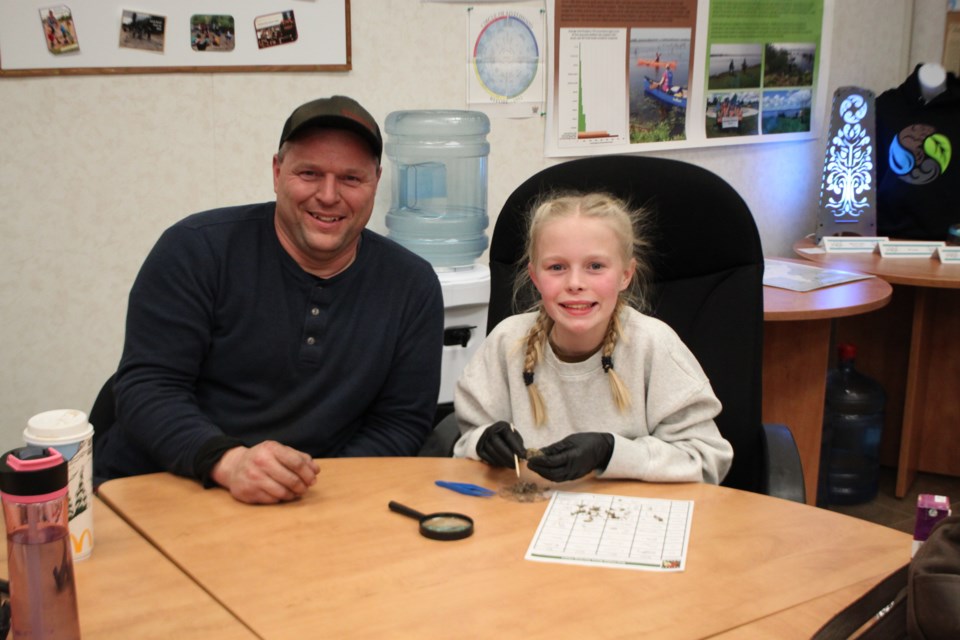BONNYVILLE – The Lakeland Industry and Community Association (LICA) hosted a free presentation about nocturnal animals in the area, and how humans can co-exist with them more harmoniously.
The Halloween season event took place at the LICA office on Oct. 29 and included the opportunity for attendees to dissect an owl pellet to identify the bones of its prey.
Stephanie Sampson, education and outreach coordinator at LICA, shared her enthusiasm for wildlife with the group, teaching about the unique features of owls, cats, and bats that help them thrive at night.
“I’m a wildlife person. It’s what I’m most passionate about,” said Sampson. “Bats are my favourite animal. I have a real love for the odd ball animals that are a little bit misunderstood.”
Sampson spoke about turning her passion into a career and shared some of the things she learned during her education.
“What I really learned was that wildlife isn't just about the animals themselves, especially when it comes to conservation. It’s a lot about the surrounding environment. So, in order to help protect our wildlife, we need to know how to protect our water, our soil, our air, our plants and everything else that goes with that,” said Sampson.
She spoke about the effects of light pollution on nocturnal animals and suggested using more amber coloured or red lights, as those wavelengths of light are less disruptive to night vision. Outdoor lighting that can be focused downwards instead of toward the sky is also preferable.
With a little bit of work and planning, humans can cohabitate with wildlife harmoniously, said Sampson.
After the presentation and refreshments were enjoyed, gloves, petri dishes, picks, and tweezers, were handed out before sanitized owl pellets were distributed for attendees to dissect.
Sampson explained that because owls swallow prey whole, they must regurgitate any undigestibles, such as bones and fur, which creates the pellets.
An information sheet allowed attendees to identify the delicate bones exhumed like a mini archeological dig.
The nocturnal animal workshop is one of many that LICA offers, touching on a range of subjects such as birds, vermicomposting, mammals of Lakeland, and a soon to come workshop on environmental careers.



